*DISCLAIMER: This post also contains affiliate links with Amazon. If you click any of the product links, I get a portion of the proceeds of any purchase at no cost to you. Thank you for your continued support! It helps keep The Devil Wears Parsley around, and I love being here rockin’ with you! All opinions and thoughts are my own.
Hate Stories? Jump to RecipeIf you want to dive into the history of Baba Ganoush, and FAQ’s about the dish and this lovely smokey eggplant dip, keep reading!
Eggplants are perplexing for many. They’re not as straightforward as other vegetables are, at least for me. They need specific techniques in order to bring out optimal cooked flavor and texture.
What Is Baba Ganoush
Baba Ganoush is a wonderful contribution to a mezze spread, which is a way of eating in the Levant and Mediterranean regions that involves a plethora of small, flavorful dishes, intended to be a main course. Everyone gathers around the table, and partakes of what they desire. Baba Ganoush is one of those small dishes, made by roasted/charred eggplant that’s mashed, and traditionally combined with tahini, garlic, lemon, olive oil, salt and pepper. There are variations, of course, depending on the region, and what produce and herbs are available there.
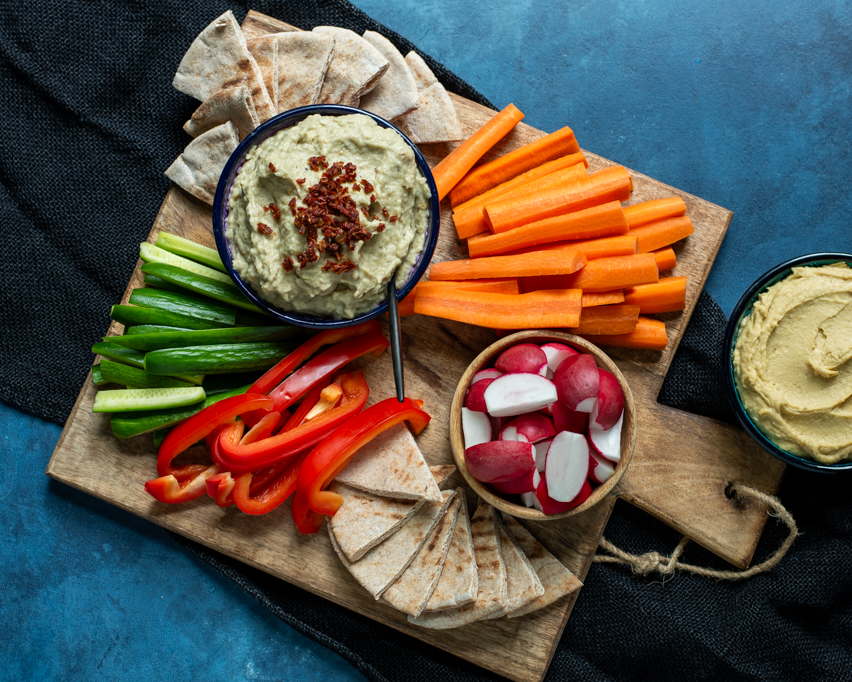
Health Benefits of Baba Ganoush
Eggplant
Eggplant is known to be one of the power houses of the Mediterranean diet, which touts cancer prevention, diabetes prevention and control, brain and heart health, and weight loss. They’re low in calories and carbs, loaded with fiber, and contain antioxidants that help cell repair. Check out their vitamins and minerals bill too:
- Vitamin C : great for cell health, and maintaining blood vessels, bones and skin.
- Vitamin B6: Supports immune function and hemoglobin formation.
- Vitamin K: Essential for blood clotting and wound healing.
- Potassium: Important for muscle function, especially the heart and breathing.
- Magnesium: Supports muscle and nerve function and boosts energy.
- Folate: Needed for red and white blood cell production and DNA synthesis.
Sesame / Tahini
Tahini is made by grinding sesame seeds into a paste. Those sesame seeds are packed with protein, healthy fats, fiber, and various vitamins and minerals that have numerous health benefits – bone health, muscle function, nerve health, and blood pressure regulation to name a few. Though, beware if you’re trying to lose weight. Even though it’s packed with so much good stuff, it is a high-caloric food, so if you’re trying to lose weight, portion control is key.
Cooking Method for Eggplant
For this particular recipe, grilling or roasting the eggplant whole is the way to go. Typically you’d do this over a flame to increase the char and therefore, the smoky flavor. I typically put it on the grill, close the lid, and toss every 5 minutes or so, to make sure the char is even.
If you are fresh out of propane (or in my case, have a nearby wasp nest outside), you can do the same thing under an oven broiler. Just make sure to keep a very close eye on it, because smaller eggplants can dry out quickly. If the skin is charred and the eggplant isn’t quite “done” yet, switch your oven to 400°F, and let roast until its limp and juicy when picked up with tongs. Long tongs are your friend when either grilling or roasting.
Once the eggplant is cooked, let rest until cool enough to handle, slice off the stem, and peel the charred skin off, discarding or composting.
While this is the best way to cook eggplant for making baba ganoush, there are other methods too, which involve slicing into planks or rounds, and salting heavily, letting them sit to draw out the moisture. Despite the eggplant appearing dry when cut into fresh, it does contain a lot of water. Salting draws out that water giving a much meatier consistency. After 30 minutes, a significant amount of water should drain out. Rinse with water, and pat dry, and you’re ready for dishes like eggplant parmesan, eggplant lasagne, or grill those planks up for sandwiches or mezze.
How To Make Baba Ganoush
After your eggplant is cooked, making baba ganoush is really easy! Mash the eggplant with a fork, and add the remaining ingredients, whisking well. If you are on the Whole Foods Plant Based diet, all you have to do is omit the Extra Virgin Olive Oil, and you’re set! To achieve the desired consistency, you may want to add a tablespoon of water.
I mentioned that there can be different variations of baba ganoush depending on your region, and seasonality of ingredients, which means that you can make this your own as well! I’m a sucker for great flavor combinations, so you may want to consider adding in the dip itself, or as a topper, the following ingredients:
- Za’atar – ( a thyme / sesame spice blend)
- Roasted Red Pepper
- Reconstituted & Chopped Sun Dried Tomato
- Herbs – Basil / Parsley / Mint / Dill / Thyme / Tarragon / Scallions
- Miso
- Pine Nuts / Walnuts
- Roasted Chickpeas
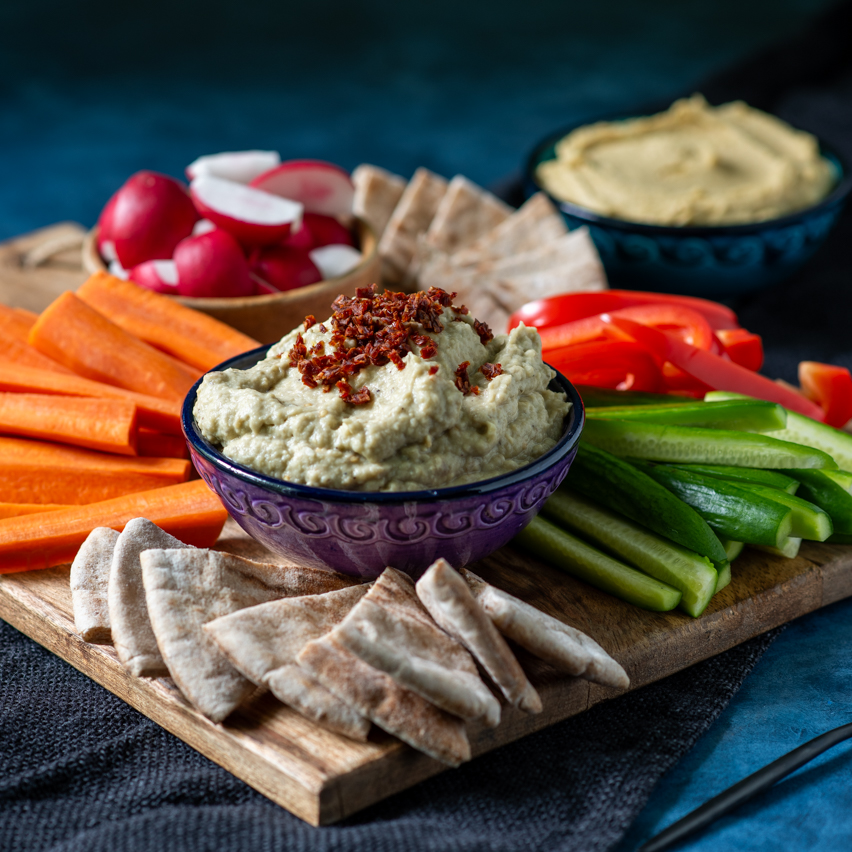
Serving Suggestions
Baba Ganoush is a dip, so some favorite dippers include either fresh or crispy pita bread / triangles, raw vegetables (crudités), or even a sauce for falafel. Add it to your mezze platter along with hummus, matbuha, and pickled veggies. You could also use it as a spread on sandwiches to substitute for mayonnaise or mustard.

Tools Used
Baba Ganoush
Ingredients
- 2 Pounds eggplant globe (which is what you’ll find in most grocery stores, though any eggplant will work. Medium to large size is best)
- 4 Cloves Garlic finely minced
- 3 Tablespoons Tahini
- 1 Teaspoon Lemon Zest should take anywhere from ½ – 1 lemon
- 1 Tablespoon Lemon Juice fresh
- ¾ Teaspoon Salt
- ¼ Teaspoon Freshly Cracked Black Pepper
- 2 Tablespoons Extra Virgin Olive Oil optional
Instructions
- My preferred method of cooking the eggplant is on the grill. The most accessible may be your oven – I’ll outline both methods here.
- Heat up your grill to medium. Prick the eggplant lightly, just enough to break the skin, all over, and place on the grill. Turn the eggplants every 5 minutes, closing the lid in-between turning to retain ambient heat. Once charred all over, and deflated when picked up with tongs, let rest until cool enough to handle.
- Once cool enough to handle, slice off the stem, and remove the charred skin. Add the flesh to a bowl and mash with a fork to break it up. It should be very soft, and easily mashed. Add the garlic, tahini, lemon zest and juice, salt, pepper, and olive oil, if using.. Mix well, and vigorously.
- Serve immediately, or refrigerate until ready to enjoy.
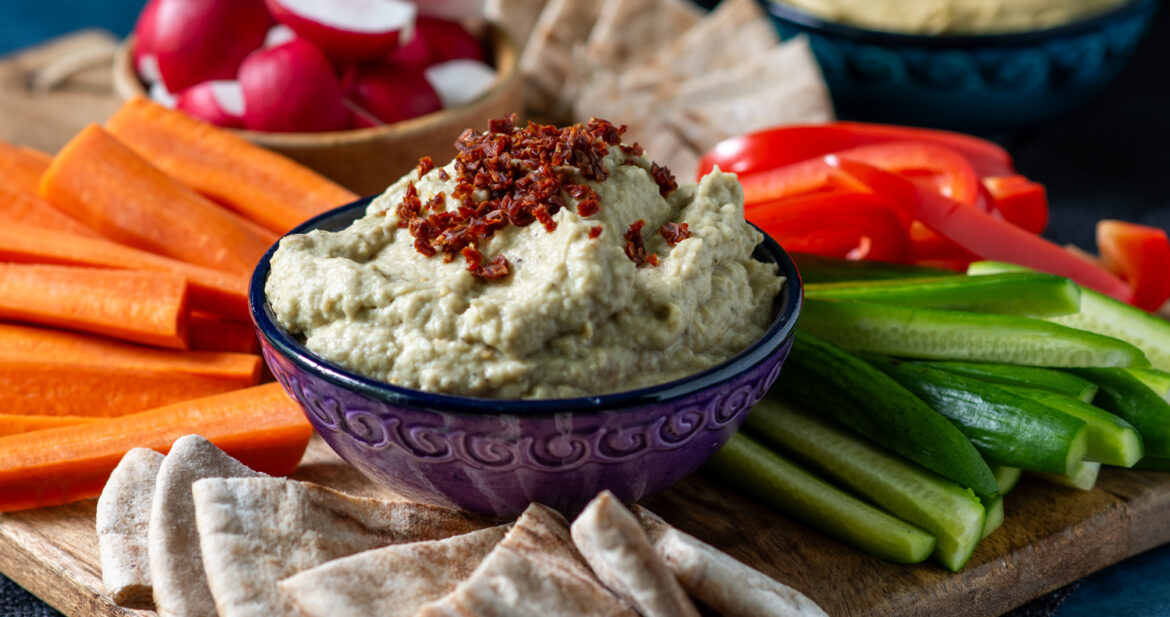
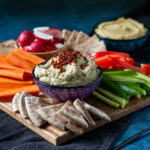
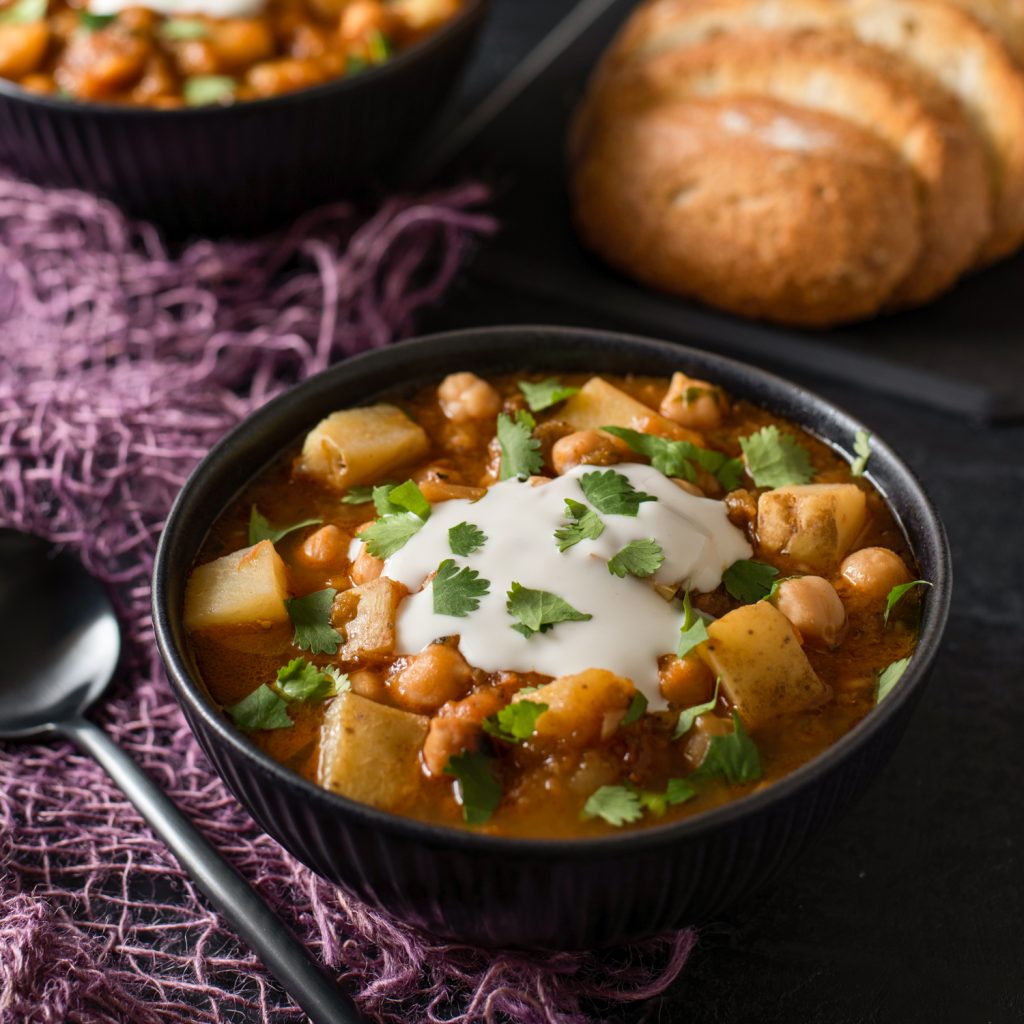

Leave a Reply